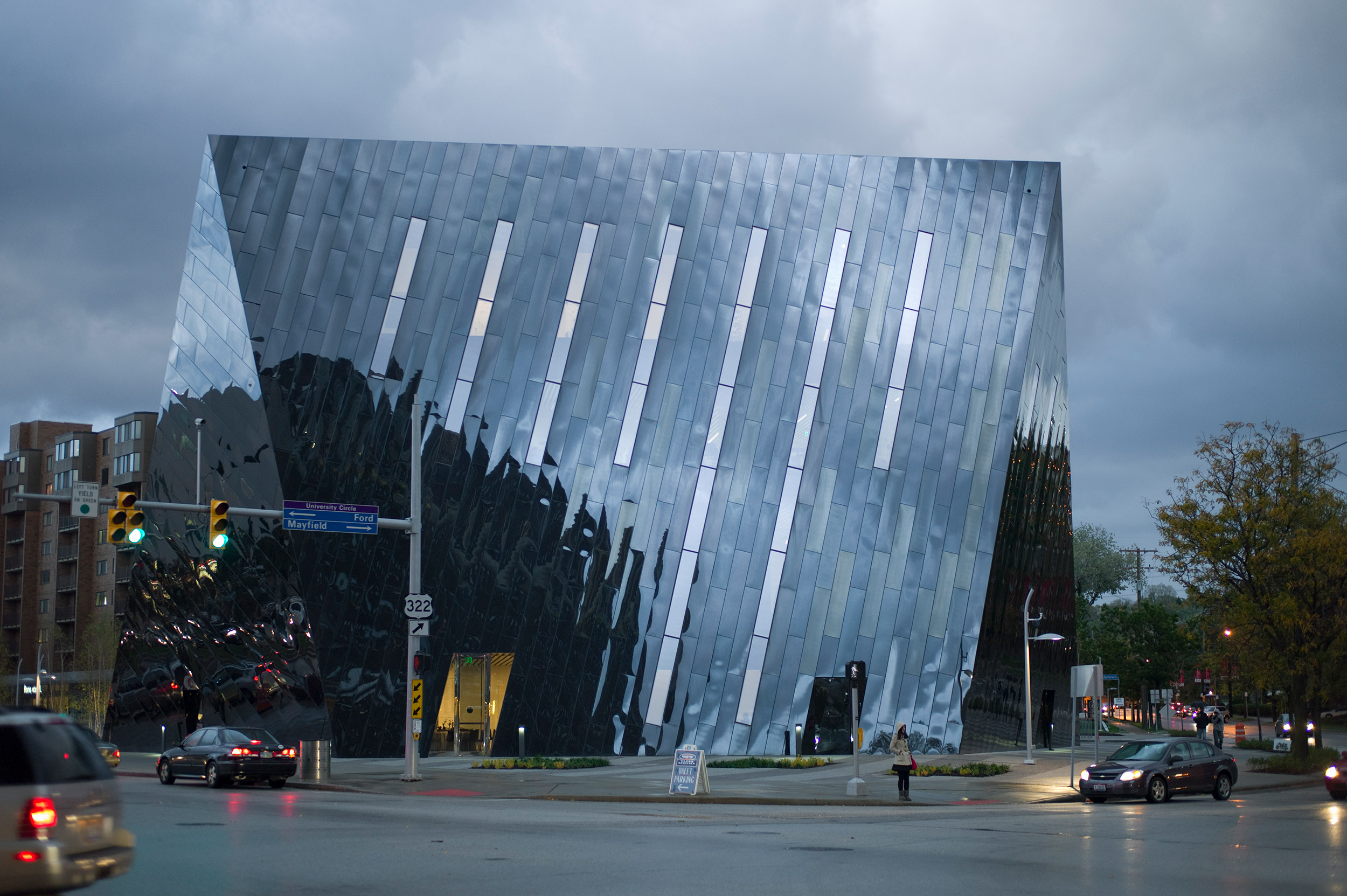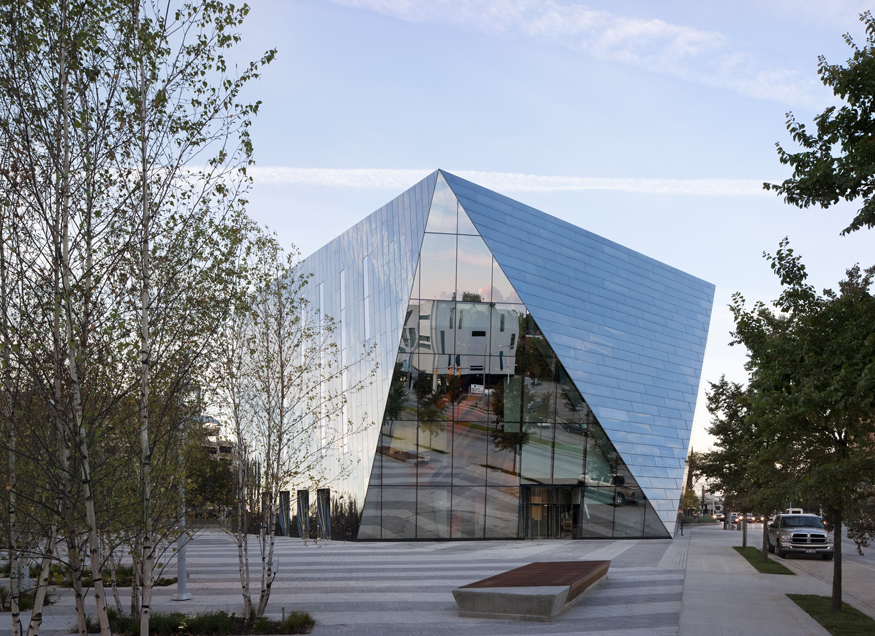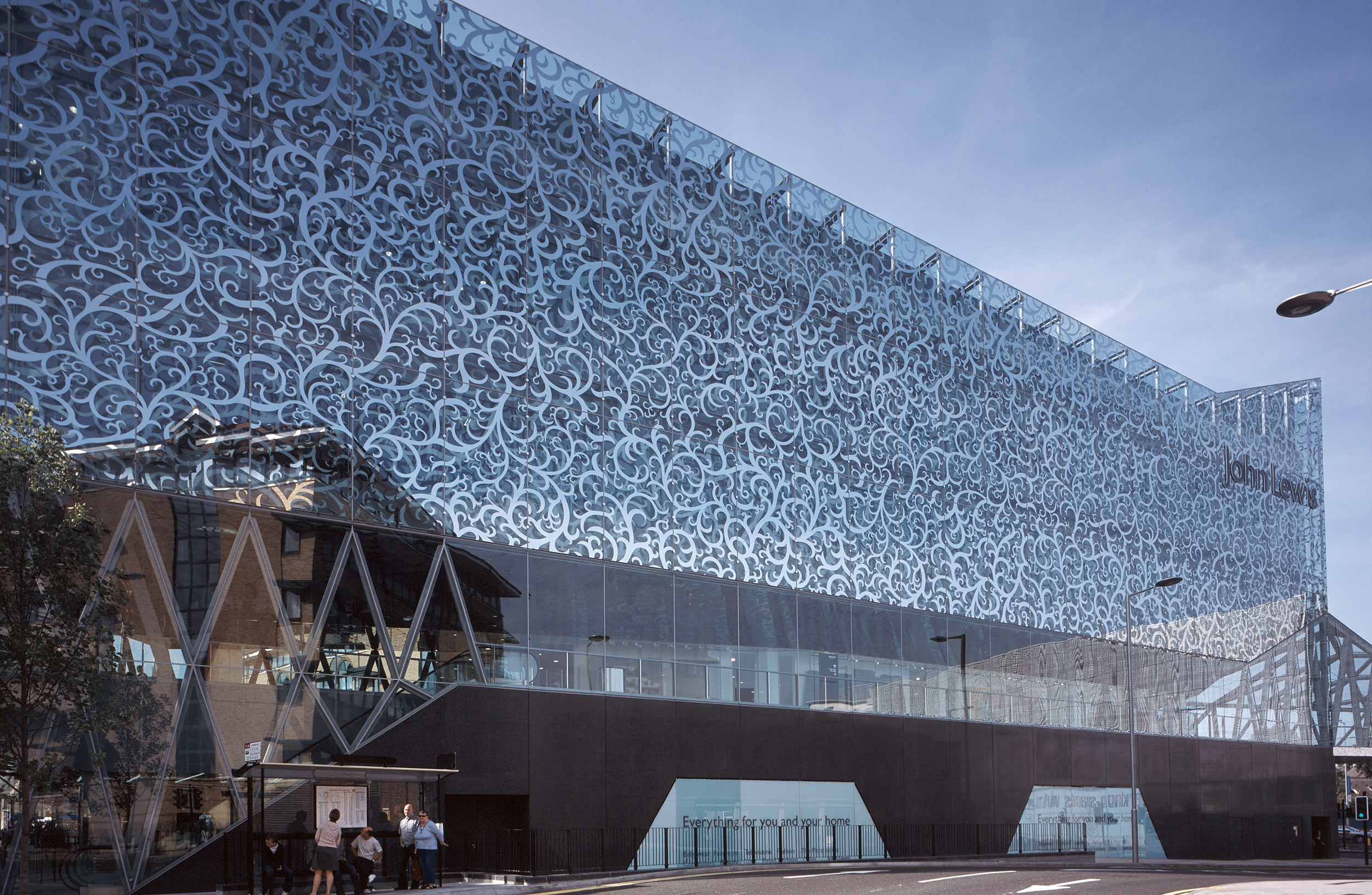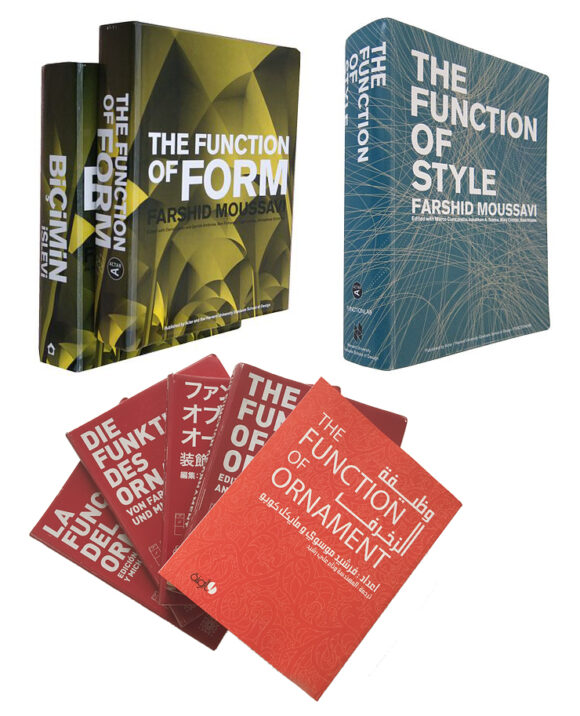
[MOCA Photo by Stephen Gill]
In the spring of 2016, BUILD met with architect, author and Harvard professor Farshid Moussavi at her office in London’s tidy Pimlico neighborhood. They discussed her most recent book, The Function of Style, and how designing with a focus on a building’s performance can lead to architecture that offers people a greater range of choice and possibility. They also explored her concept of agency which encourages architects to more deliberately consider how their design choices impact the day-to-day experiences of those who use their buildings. Part 2 of the interview can be read here.
You advocate that style is linked neither to time, place or author. What, if anything, is a constant of style in architecture?
I’m not sure if there is a constant. I’m talking about the style of a building, not the style of an architect—how the building manifests itself to the people who use it. What is its significance, how does it perform? What role does it play, what difference does it make?
Your most recent book, The Function of Style, proposes that the range of architectural styles we see in today’s design world shouldn’t be mistaken for eclecticism. How, instead, should it be viewed?
Historically, architects had shared concerns that expressed themselves in shared formal styles: modernism, postmodernism, deconstructivism, etc. But these concerns don’t have to necessarily manifest in the same visual look. Instead, the responses to these concerns can be more experimental, producing different architectural forms and shapes. These different forms and shapes can influence the performance of a building, and the varying ways in which a building might perform makes a significant difference in people’s everyday lives. Rather than a collection of different looks, the book illustrates that architecture can be an exploration of different performances.
If we focused less on the built environment’s appearance and more on how it functions, how does that change things? What does the built environment stand to gain if style is not a representation but, rather, a performance?
The role of design could be to inspire rather than represent. If different buildings performed differently, their effects would vary. If buildings were more often performance based, they would make you think.

[MOCA Photo by Dean Kaufmann]
How does crafting a building’s performance change how people interact with it?
How an architect brings people into contact with a building is what we refer to as agency. In an art museum, for instance, this applies to how you bring people into contact with the art, and how you distribute the galleries across the building. For example, at MOCA Cleveland we placed the paid gallery at the top of the building and the free galleries on the ground floor. While MOCA is privately funded, it is publicly accessible. This means that people can go to the museum and experience the art without paying. This also allows the museum to be a public space, unlike most museums which are private from the moment you set foot inside. So, in this case, through our agency as architects we worked to make the museum’s art and the design a greater part of people’s everyday lives.
In housing, this agency is often present in how we choose to incorporate privacy. For instance, the inclusion of shorter corridors and vestibules produces a greater level of privacy, and various forms have different implications. It’s important for architects to understand how these decisions affect people’s activities and engagement.
When I talk about agency, I’m using the concept in its literal sense—what a person is able to do under various circumstances. Due to a variety of reasons, architects are not free to do whatever they want. We have clients paying us, we design buildings for use by other people, there are building codes, etc. But despite all of this, architects have a lot of choice in how they assemble buildings. Because of that choice, I think architects carry an agency, and it’s up to architects to assume it. Architects provide freedoms to people outside of routine and banality. We can offer alternatives to the same experiences over and over again.
What is the end goal of assuming this agency?
Our aim is to develop spaces and buildings in which the relationships between people and their everyday activities are somehow loosened—to liberate people from routine. We succeed when people are presented with new decisions about how they engage with their environments. For example, the minute there are multiple entrances to a building like MOCA, you can’t really tell people which to use and when. The goal is not to tell people what to do with architecture but to open up new possibilities, to loosen the bond between form and function. As architects we should put people in situations where they have new options, then they can decide what to do.
Many of these ideas involving agency are focused on how people interact with each other and with buildings, producing highly unconventional forms. Are you working in a way that also focuses on certain construction methods or cost efficiencies?
These factors are always there, and every project has them. They are unavoidable. I think what we’re trying to promote is that something else has to be on the agenda, too. Projects are discussed in terms of structure and service, deliverability, etc. But these alone are not architecture. Architecture is how you put all of these considerations together. Either you can freeze the design and address only the requirements or, if we are confident enough to keep the design open, you can allow these factors to bring other lives to the design.

[John Lewis Cineplex photo courtesy of MFA]
Design that is focused on agency often produces unintended and poetic consequences, like the “theatrical curtain” of the John Lewis Cineplex in Leicester. Can you speak a bit to this?
In order to keep natural light out of the theater, it’s a blank envelope. We used a rain-screen system made from small pieces of stainless steel so that it could be thin and slightly warped. As a result, the steel buckles, and it catches light and reflections of the sky at slightly different angles, fragmenting them into small, distorted imagery. In this way, the building generates imagery from its context.
There is a poetic analysis present in the Montpellier building; the balconies are shifted and rotated to enhance the privacy of each unit, and guardrail geometries change to open views or screen for privacy. Can you provide some backstory to this project?
We analyze how different decisions can amplify one another. Function is always relative and has to do with the particular context. The function of something is always being questioned in our office. It’s about asking how a particular building is going to perform or what kind of experience it is going to give its residents.
 Your two previous books, The Function of Ornament, published in 2006, and The Function of Form, published in 2009, set up a nice trio along with The Function of Style. What is the significance of their order in relation to your own professional trajectory?
Your two previous books, The Function of Ornament, published in 2006, and The Function of Form, published in 2009, set up a nice trio along with The Function of Style. What is the significance of their order in relation to your own professional trajectory?
They allowed me to investigate issues that are practical rather than purely theoretical. Oftentimes our retail clients give us a program with the request that the end result be really interesting looking. It dawned on me that this applied not only to retail work but to other building types as well. We wanted to figure out a way to approach these projects so that they weren’t just about decoration, and the books became a series of studies on how we wanted to look at buildings in the 21st century. We wanted to establish that design was integral to the function of the building and that the aesthetic wasn’t just decoration.
Different architects work with the same constraints and still come up with different designs. This shows that despite constraints, architects have quite a lot of choice. Being an architect is about bringing a certain sensibility to these decisions, and the books work through the sensibilities of our design process.
How is your firm changing the conventional perceptions of the design process?
I do think we work differently, and I’m very preoccupied with the need to articulate that. As an architect, you have to interrogate every element and you’re not going to take it for granted that the issues you’ve dealt with before are inherent in all projects. At the same time, no client gives you extra time; there’s always a deadline, there’s always a budget. We live in a time where we share a lot of ideas. One of the reasons for the books is to show how much common ground there is.
The research and analysis involved in a project doesn’t necessarily have an obvious end point. How do you know where to stop?
I wouldn’t stop if it weren’t for time.
 Farshid Moussavi is an architect, principal of Farshid Moussavi Architecture (FMA) and professor in practice of architecture at Harvard University Graduate School of Design. She was previously cofounder of the London-based Foreign Office Architects (FOA), recognized as one of the world’s most creative design firms. Educated at Harvard’s Graduate School of Design, University College London and Dundee University, Moussavi has taught in academic institutions worldwide. She was a member of the Steering Committee of the Aga Khan Award for Architecture between 2004 and 2015 and has been a trustee of the London Architecture Foundation and the Whitechapel Gallery in London since 2009. She was elected a Royal Academician in 2015 and has published three books.
Farshid Moussavi is an architect, principal of Farshid Moussavi Architecture (FMA) and professor in practice of architecture at Harvard University Graduate School of Design. She was previously cofounder of the London-based Foreign Office Architects (FOA), recognized as one of the world’s most creative design firms. Educated at Harvard’s Graduate School of Design, University College London and Dundee University, Moussavi has taught in academic institutions worldwide. She was a member of the Steering Committee of the Aga Khan Award for Architecture between 2004 and 2015 and has been a trustee of the London Architecture Foundation and the Whitechapel Gallery in London since 2009. She was elected a Royal Academician in 2015 and has published three books.





